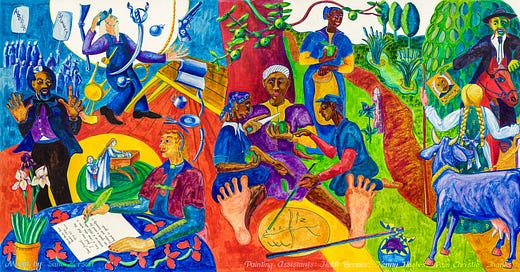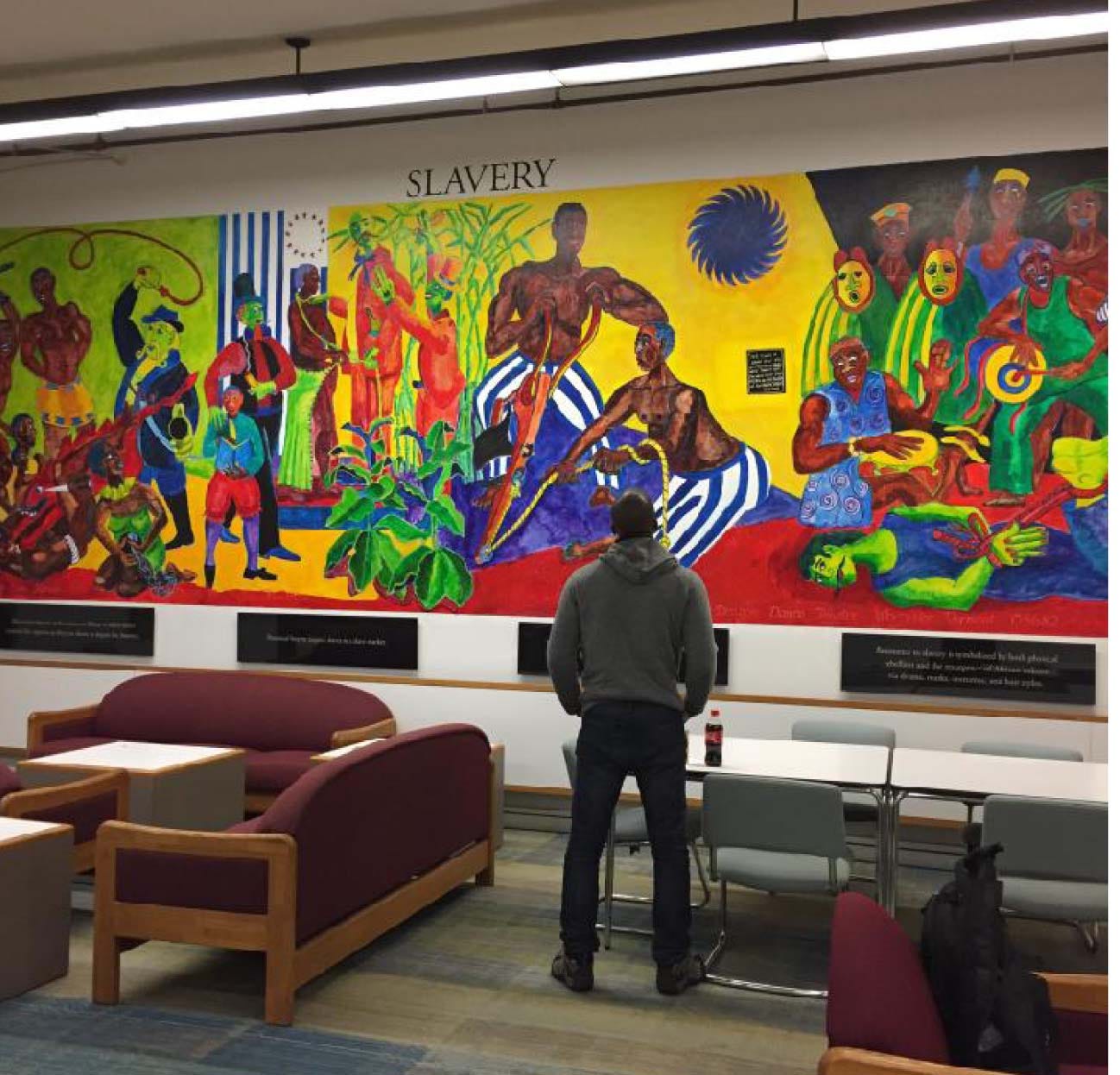Artist's rights, an example: updated
What exactly does the destruction or disrespect of an artist's intent mean? Updated 7-20-24
Sam Kerson is an established artist with a long career. He’d filed a lawsuit to stop the impending destruction of his incredible 1993 historic interpretation of The Underground Railroad, Vermont and the Fugitive Slave. This is an update to my July 2022 post, when yesterday, out of curiosity I searched for the outcome to Kerson’s lawsuit. He lost. I emailed him.
I’m horrified, especially in light of book bans and failures to acknowledge realities in American history. This isn’t about law: it’s about censorship. I graduated in history from UCLA in 1977, before Post-Modernism and Post-Post just about everything. Post racial? Oh hell no, not yet.
This 1993 video, filmed during production of the mural, is an interview with Kerson. He’s condensed a profound and currently relevant history into one mural and one 25-minute video. I’m knocked out by his efforts.
Kerson’s white. This shouldn’t matter and I hope it doesn’t. I looked at his other work and clearly he has a distinctive painting style, no matter who he’s depicting. I read his bio and see his travels in Spain and Africa reflected in his figures. This is all to say that these issues are “woke” complex. Yes, we have a new sensitivity to consider–which I can appreciate, mostly. But not this sensitivity and especially not at a law school. Whose laws? Whose bodies? Whose books, paintings, plays…
The Muralist Imagines the Destruction of his Work
See Kerson’s brilliant response.
I’m not offended that some viewers find his work offensive or demeaning, (their words, not mine) and especially if they don’t take the time to inform themselves. I’m personally offended that people who are offended have so much power, especially in the arts. Good grief! Inciting a response? Inciting curiosity? Let’s hope so.





